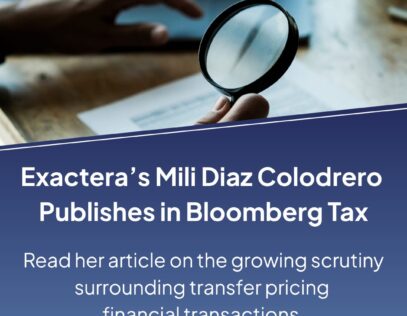For decades, both the Organization for Economic Cooperation and Development (OECD) and the United Nations (UN) have provided models for tax treaties between countries, and today, all existing tax treaties are based on the OECD model tax convention and/or the UN model. The essence of a tax treaty is to allocate taxing rights between countries on cross-border activities. The OECD model is said to be more focused on shifting taxing rights to the capital-exporting treaty country, whereas the UN model allocates taxing rights more to capital-importing countries. Based on this many take the view that the OECD approach is more favorable to developed countries.
For a long time both organizations were active in providing guidance on (international) taxation matters, but I think it is fair to say that the OECD was the leader. In 2013, the G20 commissioned the OECD to set up an international framework to combat tax avoidance by MNEs. The report on Base Erosion and Profit Shifting Project, most commonly referred to as the “BEPS” project, was delivered in 2015 through a series of distinct action plans, including the introduction of country-by-country reporting and the master and local file transfer pricing documentation requirements. Many of these action plans were adopted by a large group of countries (both OECD and non-OECD members),and since 2016 we’ve seen a significant increase in compliance burdens for MNEs. The BEPS project put the OECD in the driver’s seat in relation to introducing international tax policies. The then-Director of the Center of Tax policy and Administration, Pascal Saint-Amans, became a public figure, I believe he enjoyed this newly obtained status and recently moved to a consultancy role.
Following the BEPS project, the OECD continued to lead efforts on combating tax evasion and shifting profits to low-taxed, and a few years ago, started working on the global tax overhaul known as Pillar 1 and Pillar 2. Pillar 1 would reallocate a portion of profits based on revenue generated in each country and affect a small group of very large companies. Pillar 2 is the recommendation of a 15% global minimum tax.. There was certainly a lot of momentum initially and the aim was to get everything approved and implemented by 2023. But it seems the whole process is delayed, or who knows? Last year (2022), 18 G-24 emerging countries raised serious concerns on the OECD Pillar 1 and 2 project, arguing that many emerging countries are worse off and the plans mainly benefit developed countries. This brings back the point of what many people see as the difference between the OECD and UN tax treaty models and the arguments raised in the past that the OECD tax treaty model is more beneficial to capital-exporting or developed countries.
Now it may get interesting. Could we see a shift in momentum in the ongoing effort to counter tax evasion and profit shifting? Will the UN take over from the OECD as the global organization that leads the debate on international tax cooperation? Recently a proposal by Nigeria, on behalf of African member states, was submitted to the UN General Assembly to create a global tax body that should lead the debate and initiate standards for taxation including possibly creating a global minimum tax. This proposal also seems to have the blessing of UN Secretary General Antonio Guterres who earlier this year called for greater tax cooperation and increased tax transparency. This proposal that now has been adopted by the UN General Assembly and the recent criticism by G-24 emerging countries could be an indication that an increasing number of countries feel the OECD may not necessarily be representing their interests, and the UN may step in. Next to the UN, the European Union will also become more and more involved in the tax policy arena—for example, the EU ahead of OECD Pillar 2 recently agreed to implement the (15%) minimum tax concept. Time will tell how this will develop, and it may depend on how the OECD will manage policy disagreements and (potential) conflicting interests between developed and emerging countries.
You may also be interested in:
Blog: The Problem With Pillar One
White paper: How International Organizations Are Changing Transfer Pricing Compliance








